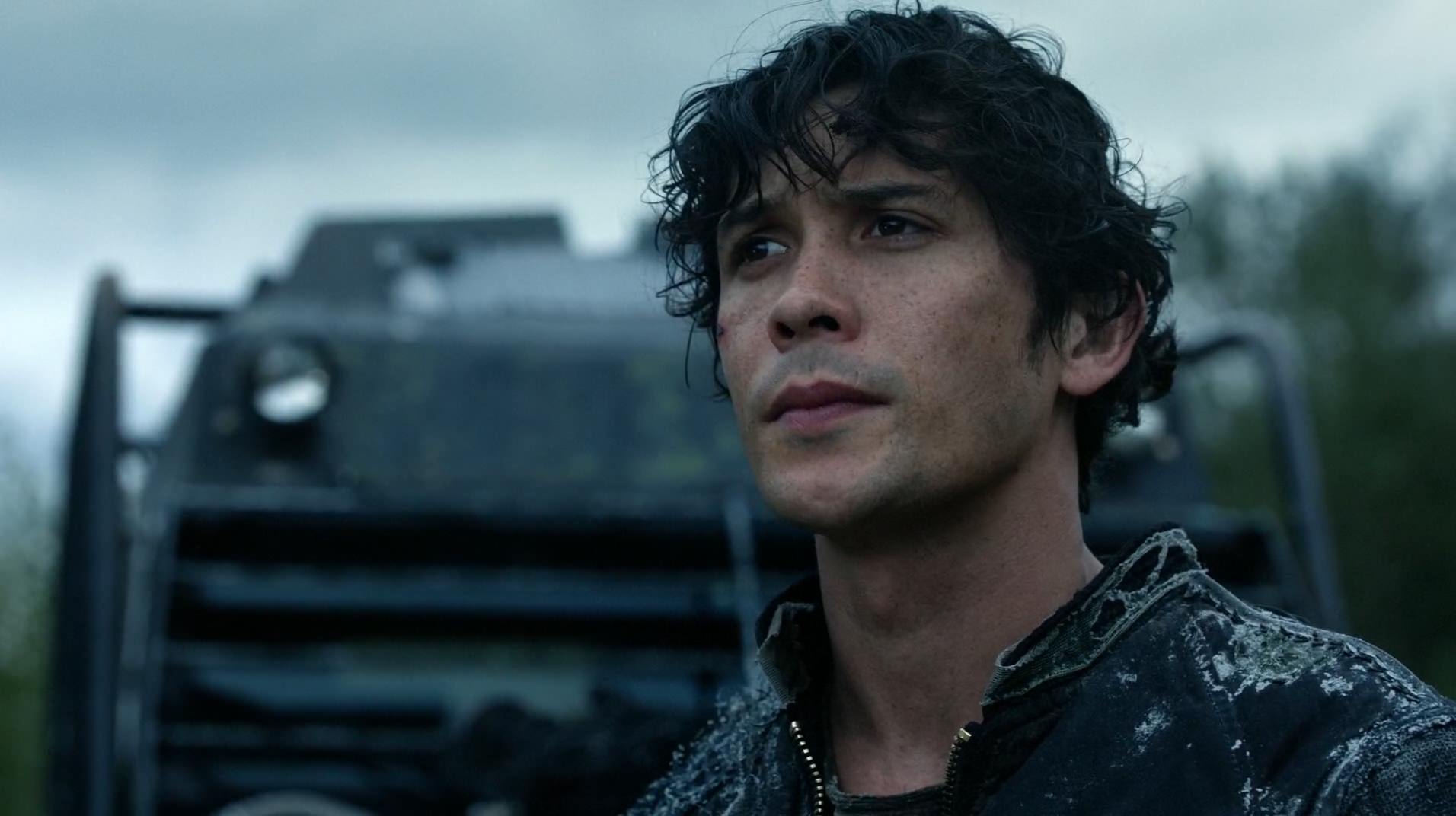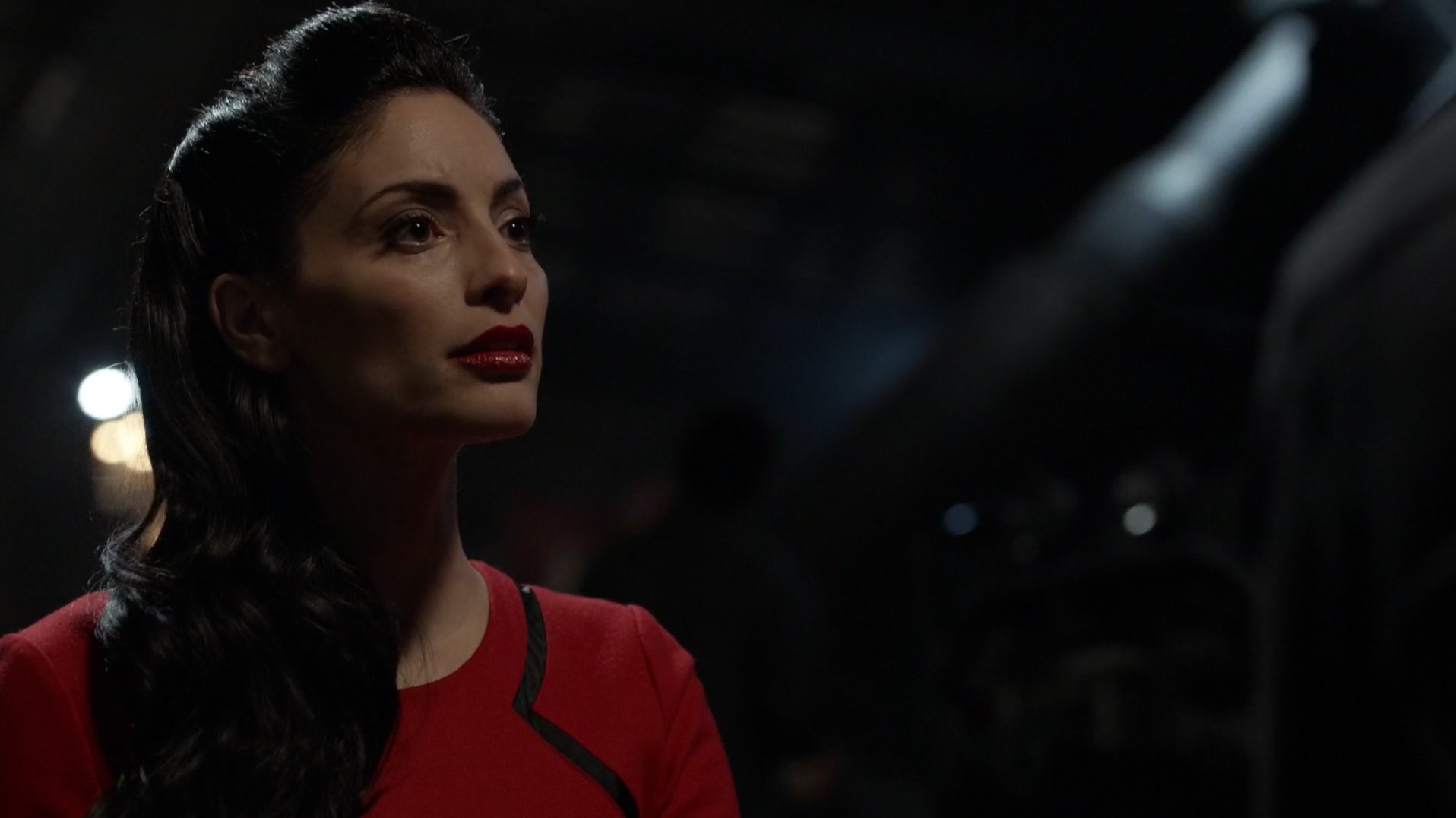
Our cultural obsession with moral ambiguity is a long and torrid affair. Presumably, we like moral ambiguity because it’s sexy. We interpret morally ambiguous characters as romantic, or mysterious, or both. We love them because we can interpret their actions however we want to support our headcanons and ships. Adult TV series that get lauded as “edgy” for focusing on moral ambiguity are often considered the pinnacle of storytelling and entertainment.
Take, for example, Petyr Baelish, whose actions are completely reprehensible but twisted to be sexy and mysterious on Game of Thrones. Also consider Severus Snape, who literally abuses children in the classroom but is celebrated by Harry Potter fans as a Romantic Hero because he spends his whole life obsessing over Lily Evans. These characters are paradigm examples of moral ambiguity. However, we are fascinated with them not for their ethical grayness, but for the fact that we can use that ambiguity to support our own desires.
On The 100, the series’ plot literally depends on moral ambiguity. Without it, the characters would be completely paralyzed. Regardless of what other issues are present on The 100, one thing remains consistent: these characters are forced to make difficult decisions every moment of their lives. They have to hope that each one is ultimately for good rather than for evil. At the end of the day, these decisions represent a little bit of both.
These characters and their choices are repeatedly romanticized in the fandom. What’s interesting, however, is how quickly fans are willing to condemn the actions of one morally ambiguous character while lauding the actions of another.
To fully explore moral ambiguity on The 100, it would be necessary to dissect the decisions of almost every single character. For the sake of brevity, I’m going to talk about just a handful. Each of the following characters chooses to deal with their particular situation differently and suffers different consequences following those choices.
Clarke Griffin

Clarke Griffin, played by Eliza Taylor, lauds Fairness as the ultimate good. Her approach to difficult situations is diplomacy, which in many cases translates to assimilation. Clarke is labeled Wanheda (Commander of Death) for the number of lives she’s claimed in her attempts to protect her people, which is something she takes ownership of and uses as an intimidation tactic in her dealings with other clan leaders.
The needs of the many outweigh the needs of the few in Clarke’s morality. From the moment the delinquents land on Earth in The 100 pilot, Clarke enacts diplomatic tactics to secure the possibility of survival for as many of her people as possible, even if that means condemning some to death.
Clarke’s moral ambiguity is centered in the fact that while she claims to be Fair, she often utilizes underhanded means to accomplish her goals. We see this behavior in season two, when she is willing to let a bomb drop on Ton-DC despite knowing it will kill people she loves. Why? Because if she warns anyone about the bomb, her efforts to free the delinquents trapped in Mt. Weather will be for naught. We see this behavior again in season four, when she forcefully takes the last remaining bunker during the conclave because she doesn’t believe Octavia can win. Her goal is to save Skaicru, and no one else, even if that means potentially losing integral members of their clan.
In every instance, Clarke goes toe to toe with characters who interpret her actions as Bad. However, she maintains the respect of her people because her aim is always to protect as many of them as she can. That’s moral ambiguity at its best.
Bellamy Blake

Bellamy Blake, played by Bob Morley, carries the weight of the world on his shoulders. Every decision he makes is for the safety and protection of his little sister, Octavia. His devotion to her often blinds him to the potential consequences of his actions; in many cases, Bellamy makes decisions that are for the good of Octavia, but not for anyone else.
When Octavia and the other delinquents are sent to the ground, one of the guards on the Ark leverages this information for his own gain. He promises Bellamy a spot on the dropship if Bellamy kills Chancellor Jaha. For the chance to be reunited with his sister and protect her on Earth, a wholly unknown place, Bellamy takes the deal. He shoots Jaha and follows up with a series of decisions on the ground that are meant to protect Octavia, but are ultimately kind of terrible.
He steals a radio from Raven that would communicate to the Ark that the hundred are alive, after dismantling the wristbands that track the delinquents’ vital signs. As a result, 300 people are culled in an attempt to slow down the oxygen crisis on the Ark — something that could have been avoided if Bellamy had thought of anyone other than Octavia. Later, he helps Clarke irradiate Mt. Weather because his sister is at risk.
As The 100 progresses, Bellamy is placed on an inescapable redemption arc. It seems that no matter what he does, someone always dies. He internalizes all of these deaths but continues to make decisions that hurt people, all for the sake of his sister, who disagrees with the majority of his choices.
A.L.I.E.

A.L.I.E., played by Erica Cerra, is artificial intelligence designed by Becca, the first commander. A.L.I.E. comes in two iterations: the first, which believes wholly in Good, and the second, which understands that not all things are strictly Good or Evil. A.L.I.E. 2.0 is the “spirit” in all of the grounder commanders, including Lexa. This iteration of A.L.I.E. is the only thing capable of stopping the first, who started the first nuclear war when she saw how messy humanity was.
Although A.L.I.E.’s goal is to remove all Bad things from the world, including pain, the way she goes about it is almost a corruption of her programming. In season three, once Jaha discovers A.L.I.E. and begins converting others to the ways of the chip, it rapidly becomes her goal to overtake the minds of every human on Earth. Whenever someone takes the chip, they join A.L.I.E. in the City of Light, a place where there is no pain, no suffering, no deformities, no war.
Sounds great. Right? Not so much. In order to get reluctant people to take the chip, A.L.I.E. employs people who have already taken it to torture them until the pain is so unbearable that they feel they have no choice. She also employs psychological trauma and emotional pain to entice people into joining her, like Raven. Purporting to help while actually endangering the human race is incredibly bizarre, but only insofar as artificial intelligence is doing all the work.
Realistically, the decisions that Clarke, Bellamy and others make have the same goal. Helping their people often means endangering or killing others. A.L.I.E.’s methods seem extreme, but they actually fall in line with methods utilized by other characters on The 100, which perhaps reveals more about humanity than anything else. After all, A.L.I.E. was created by a human woman, who then had to scale back and reconsider in order to defeat her when she became too powerful.
Without moral ambiguity, the plot of The 100 quite literally would not be possible. A.L.I.E. causes the nuclear meltdown that creates the plot structure for the series to take place, 97 years later. Characters have to make gray decisions in order to survive. There can be no black and white, good vs. evil mentality in a post-apocalyptic world — or, it would seem, in any world at all.



